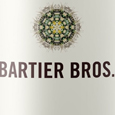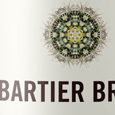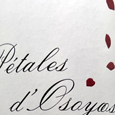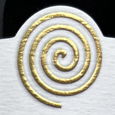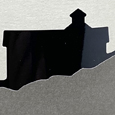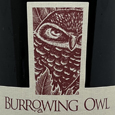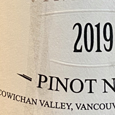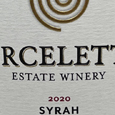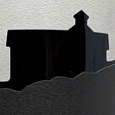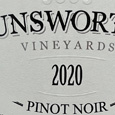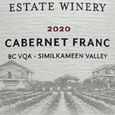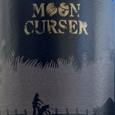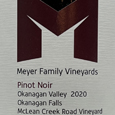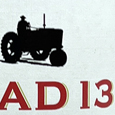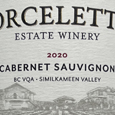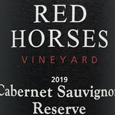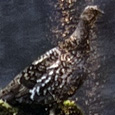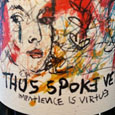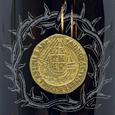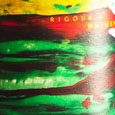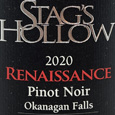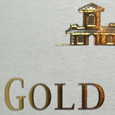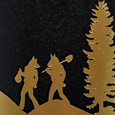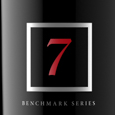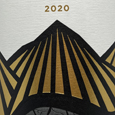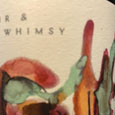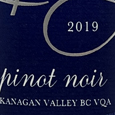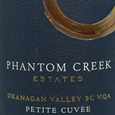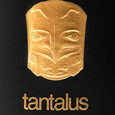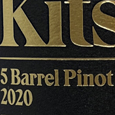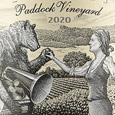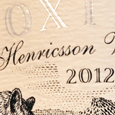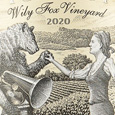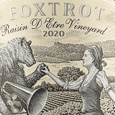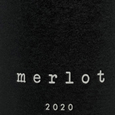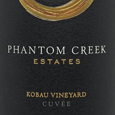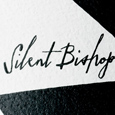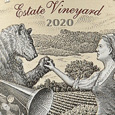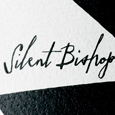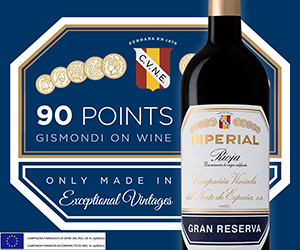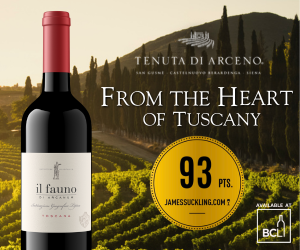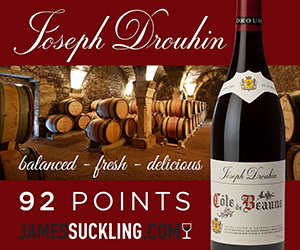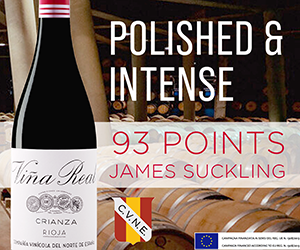The red wines of 2022 will determine their fate over the next few weeks as the harvest progresses.
One thing is for sure the weather in September and October is something growers dream of and rarely, if ever, experience, so we are expecting the harvest, while smaller than anyone would like, will be of excellent quality. That said, we thought thirty years down the road from the start of VQA, it would be an ideal time to assess the state of red wine in British Columbia. The timing is perfect, having experienced nearly a decade of favourable red wine vintages led by 2012, 2013, 2016, 2017, and 2019 and the most recent releases coming from perhaps the best year of all, 2020.
If growing season weather is king, there is no underestimating the experience and knowledge gathered over the last 30 years by growers and producers because it has undoubtedly contributed significantly to the increase in quality. Of course, when planted in the right spots, you could add in old vines, too, because they are self-balancing and better adapted to climate change. The picture gets cloudy in a good way as to which wines, or at least grapes, are leading the way in 2022.
Part of that story is climate change that has altered the playing field regarding the ability of growers to ripen Cabernet Sauvignon, Cabernet Franc, and other hard-to-ripen varieties, including the notoriously late-ripening Petit Verdot. As a result, Merlot and Pinot are less of an issue; the cooler the site, the better, but the ability to hang a bit longer is suitable for all the grapes to increase the intensity of flavours.
Slightly warmer and longer growing seasons, especially on the front end, have expanded the roster of grapes available to growers. Only those grapes unable to withstand the occasional Arctic outbreaks below -22 that can be deadly to tender varieties and young vines are now at risk, and the list is shrinking.
In terms of the top grapes, the battle is between Syrah and Pinot Noir at the highest quality level, followed by Merlot and Cabernet Franc. Syrah seems most comfortable with our terroir and temperatures and is a little more forgiving in the winemaking department. On the other hand, Pinot Noir is pushing hard, but they don’t call it the heartbreak grape for anything. Too much of anything, be it rain, cold, sun, oak, winemaking, and well, you name it, can be a disaster. Yet when you taste the best, it is a revelation of just how diverse and widespread the B.C. wine scene can become.
The list of top producers is expanding, too, especially if you look at a winery from the perspective of what they do best. Some personal favourites include Martin’s Lane (Pinot Noir, Riesling), Clos du Soleil (red blends), Painted Rock (Cabernet Franc, Syrah and red blends), Hillside (Merlot and Syrah), CedarCreek (Chardonnay, Pinot Noir), Checkmate (Merlot, Chardonnay), Spearhead (Pinot Noir), Synchromesh (Riesling), Mission Hill (Sauvignon Blanc, Cabernet Franc, Chardonnay), La Frenz (Syrah), Black Hills (red blends), Quails Gate (Pinot Noir, Chardonnay), Meyer (Pinot Noir, Chardonnay), Tantalus (Riesling and Pinot Noir).
Our top red grape picks are Syrah, Pinot Noir, Cabernet Franc, Merlot and Gamay. Pinot Noir is currently producing an array of complex wines that tell the story of Okanagan terroir and, lately, the east coast of southern Vancouver Island. Merlot has the most potential and is perhaps the least developed for now. Often it is soft and round, lacking complexity and depth, but the best examples are extraordinary and can challenge the best we see from around the world.
Cabernet Franc is another grape beginning to position itself as a significant player in red blends. It looks as if it could easily be a standalone varietal that will carve out some room in restaurants and at retail. Finally, Gamay has always been good, but plantings are small, and consumer interest is even smaller. It will need some marketing to gain space, but we know there is growing interest in the grape globally, so it is probably worth the investment.
The other crucial red wine category is red blends. Those with a majority of Merlot and Cabernet Franc are perhaps our best red wine story at the moment. With few exceptions, Cabernet Sauvignon is best used as a supporting grape in red blends and will likely remain in that spot unless global warming continues unabated.
Cabernet Sauvignon as varietal wine has benefited the most from climate change, especially considering how difficult it is to ripen in a cool climate and a short growing season. I’m not counting it out, given that it remains the most sought-after red wine in the world. With Napa under siege by fires and extreme heat, there may be an opening for more temperature-friendly, cooler areas like the south and possibly the mid-Okanagan that, when the sun is out, experience some of the most extended hours of sunshine in the wine world.
Then there are the outliers, Malbec, Carmenère, Sangiovese, Dolcetto, Touriga Nacional, Tannat and maybe the most promising Grenache. Making it through the winter can be an issue for some, but anyway you look at it, the future for B.C. reds is brighter than ever. Here’s a list of B.C. red wines that are turning our heads.
We decided to look back over the last six months or so to see which red really impressed us in B.C. Prices reflect the date the wine was tasted. Some are sold out, some are only in restaurants others are in private retail and government stores.

 quicksearch
quicksearch



